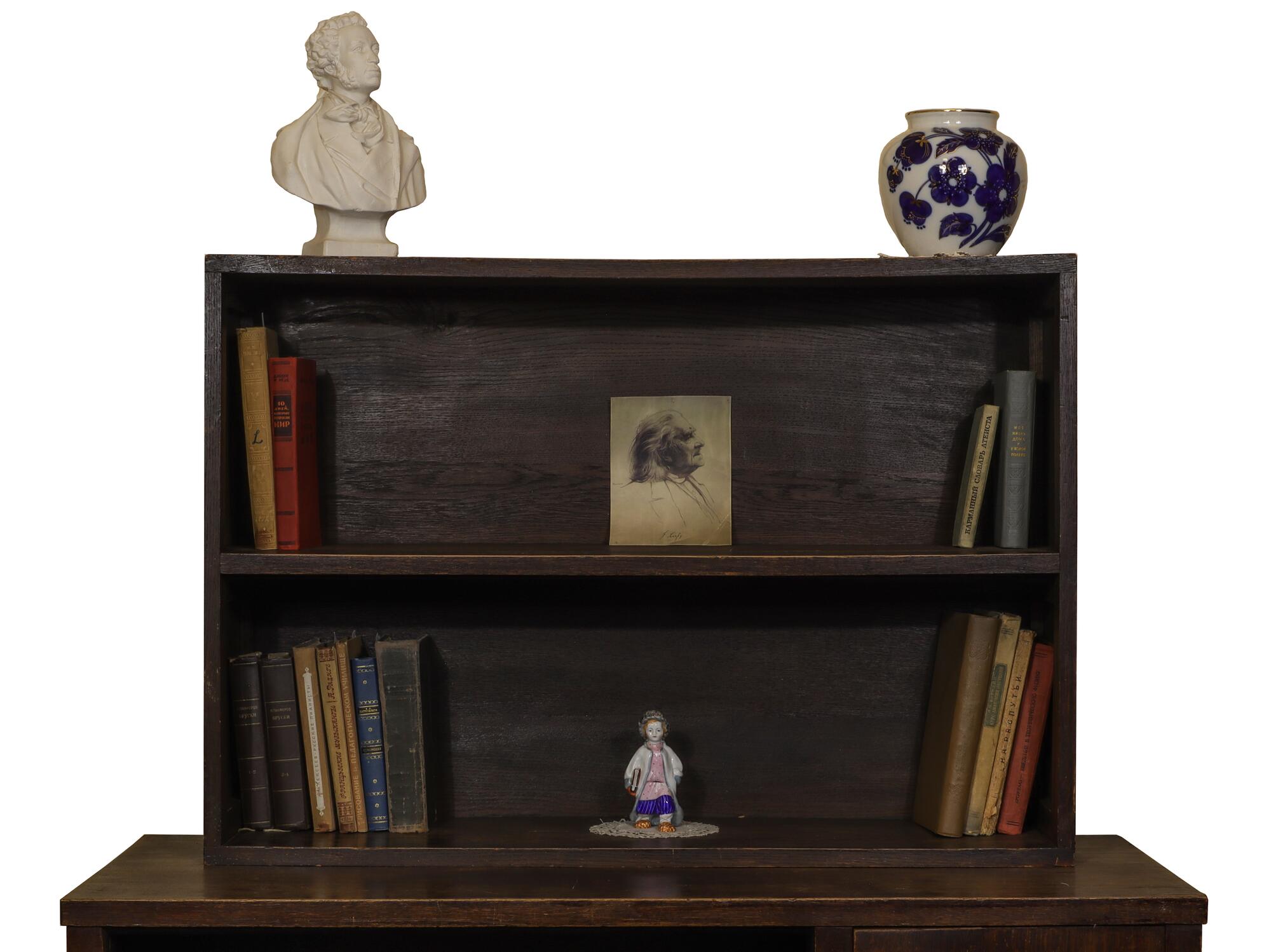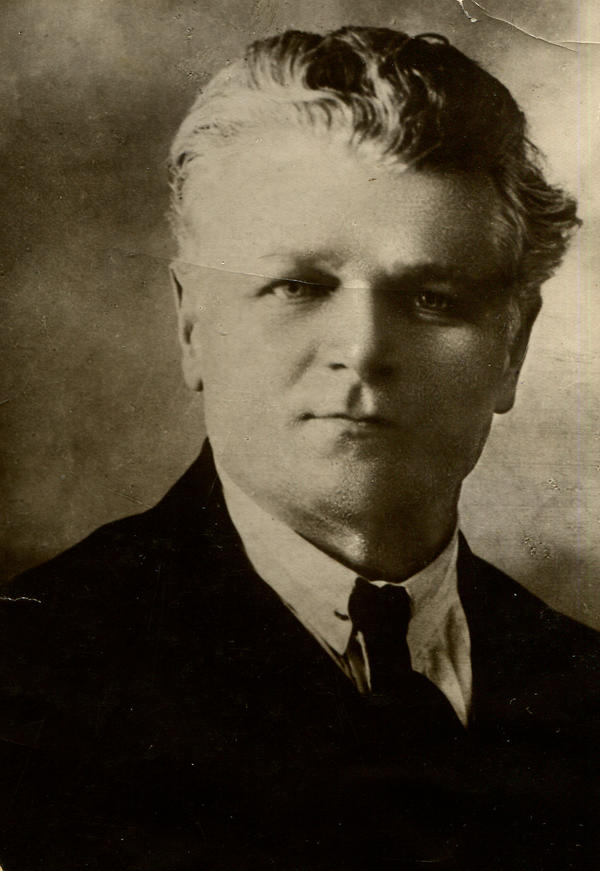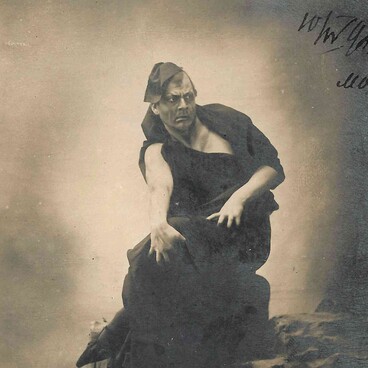Stanislav Shatsky’s name is associated with the school-colony “Vigorous Life”, which was established on his initiative in Kaluga Oblast in the early 20th century. It was a pedagogical experiment that grew out of a summer camp for workers’ children and Shatsky’s desire to create an ideal space for shaping a child’s personality. After the revolution, Stanislav Shatsky’s ideas were supported by the new government and personally by Nadezhda Krupskaya. “Vigorous Life” expanded into a separate settlement and became part of the system of the First Experimental Pedagogical Station of the People’s Commissariat for Education.
Physical work and independence were at the heart of the life of the staff and children in the school-colony “Vigorous Life”. Children aged from 8 to 16 not only learned basic school subjects, but also cooked meals, washed dishes, did laundry and cleaned the premises under the supervision of their teachers. Stanislav Shatsky believed that teamwork for the common good organized and educated the child.
On the grounds of the “Vigorous Life” school-colony the children grew their own farm: they planted an orchard and a vegetable garden, and arranged a livestock yard. The children planted and watered plants, uprooted stumps, took care of lilac and jasmine bushes, and fed and cleaned animals. Stanislav Shatsky showed his pupils by personal example the importance of work and craftsmanship. He made a bookshelf for the carpentry lesson with his own hands. It is now on display in the Museum of the History of Obninsk.
Shatsky’s method of education through work, beauty and art was called a “pedagogical icebreaker”. Teachers from many countries, including the United States, Japan and Germany, came to adopt the experience of the Soviet education.
For the last two years of his life Stanislav Teofilovich worked as director of the Moscow State Conservatoire, where he developed new programs together with the teachers, and brought the composers Reinhold Glière and Sergei Prokofiev back to teach at the Conservatoire. Shatsky set up a department of pedagogy, an opera studio, and Bashkir and Tatar Music and Vocal departments. His wife, Valentina Nikolaevna, was in charge of the Department of Children’s Music Education.
In 1934 the colony-school “Vigorous Life” was renamed into the Stanislav Shatsky School, and three years later a monument to the educator was erected in front of the main school building. One of the pupils attached two car headlights to the roof, which illuminated the monument from above, visually connecting it with the school. Today it is one of the best schools in Obninsk.
Physical work and independence were at the heart of the life of the staff and children in the school-colony “Vigorous Life”. Children aged from 8 to 16 not only learned basic school subjects, but also cooked meals, washed dishes, did laundry and cleaned the premises under the supervision of their teachers. Stanislav Shatsky believed that teamwork for the common good organized and educated the child.
On the grounds of the “Vigorous Life” school-colony the children grew their own farm: they planted an orchard and a vegetable garden, and arranged a livestock yard. The children planted and watered plants, uprooted stumps, took care of lilac and jasmine bushes, and fed and cleaned animals. Stanislav Shatsky showed his pupils by personal example the importance of work and craftsmanship. He made a bookshelf for the carpentry lesson with his own hands. It is now on display in the Museum of the History of Obninsk.
Shatsky’s method of education through work, beauty and art was called a “pedagogical icebreaker”. Teachers from many countries, including the United States, Japan and Germany, came to adopt the experience of the Soviet education.
For the last two years of his life Stanislav Teofilovich worked as director of the Moscow State Conservatoire, where he developed new programs together with the teachers, and brought the composers Reinhold Glière and Sergei Prokofiev back to teach at the Conservatoire. Shatsky set up a department of pedagogy, an opera studio, and Bashkir and Tatar Music and Vocal departments. His wife, Valentina Nikolaevna, was in charge of the Department of Children’s Music Education.
In 1934 the colony-school “Vigorous Life” was renamed into the Stanislav Shatsky School, and three years later a monument to the educator was erected in front of the main school building. One of the pupils attached two car headlights to the roof, which illuminated the monument from above, visually connecting it with the school. Today it is one of the best schools in Obninsk.




